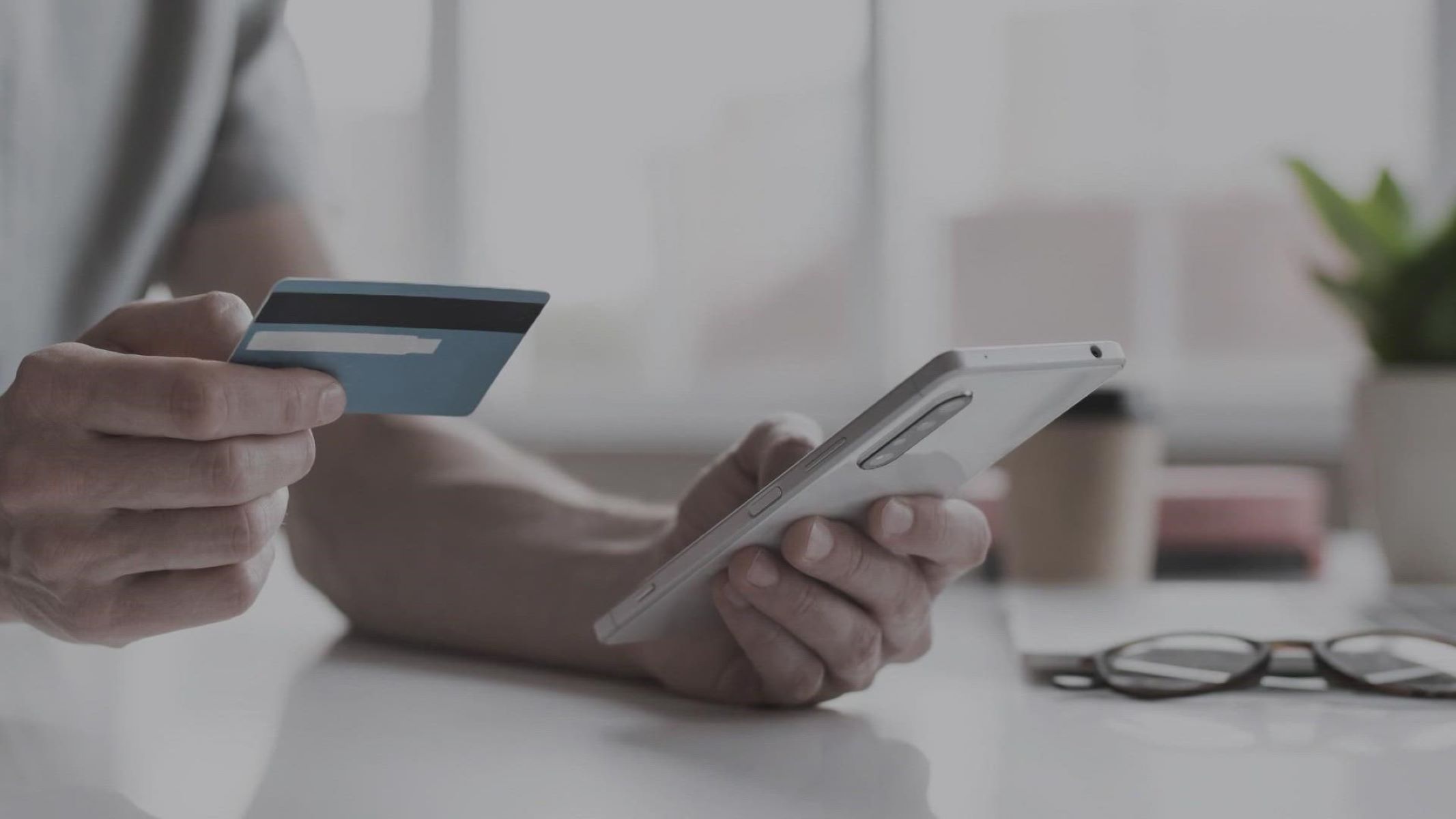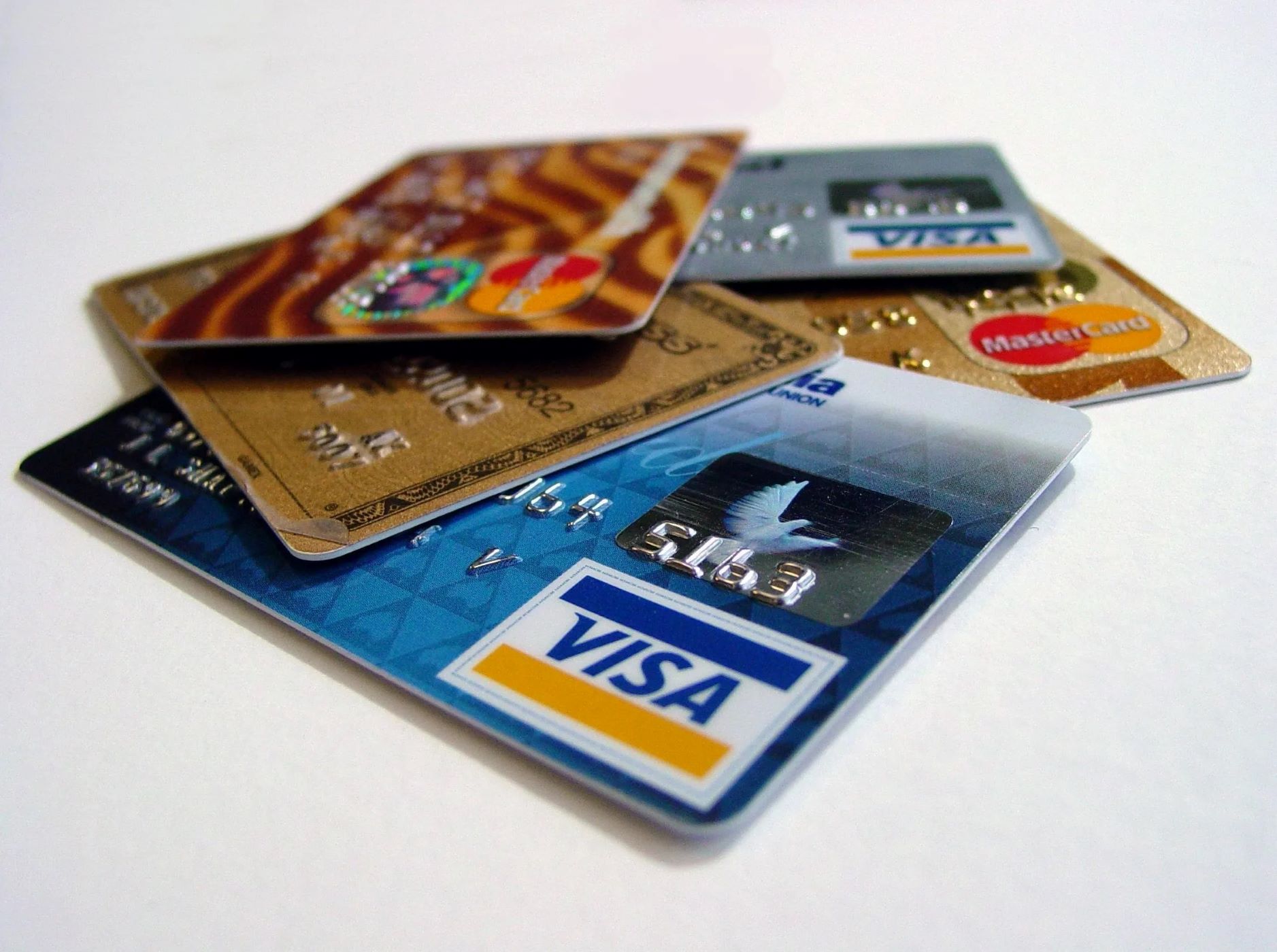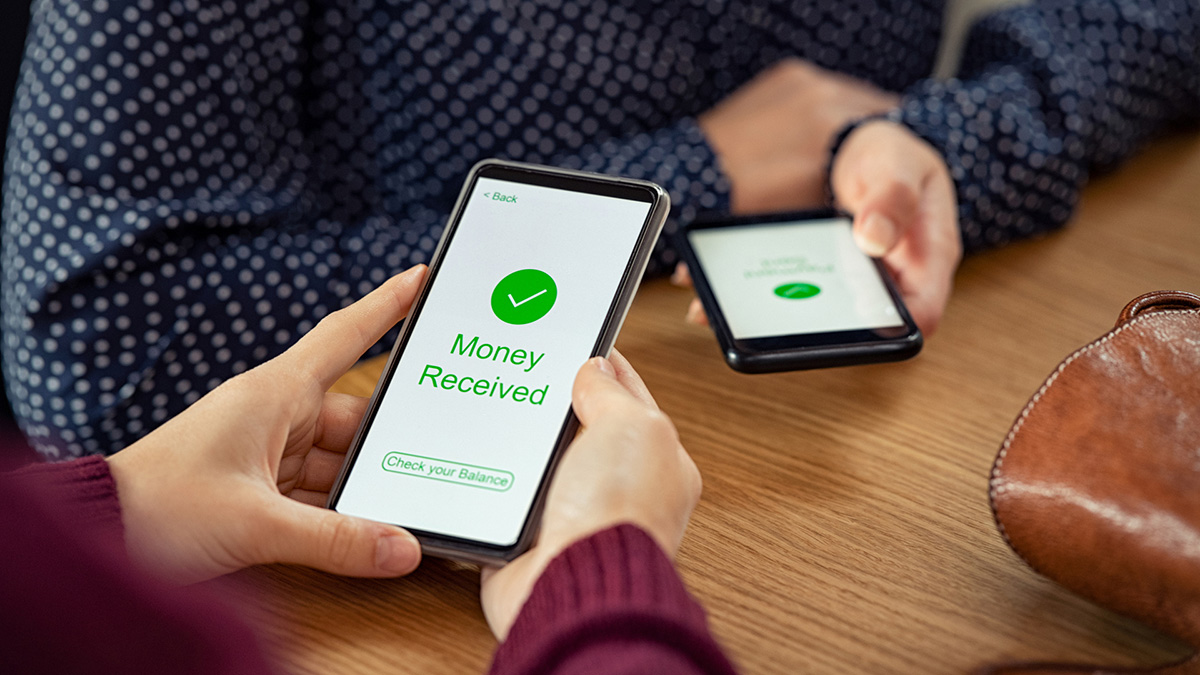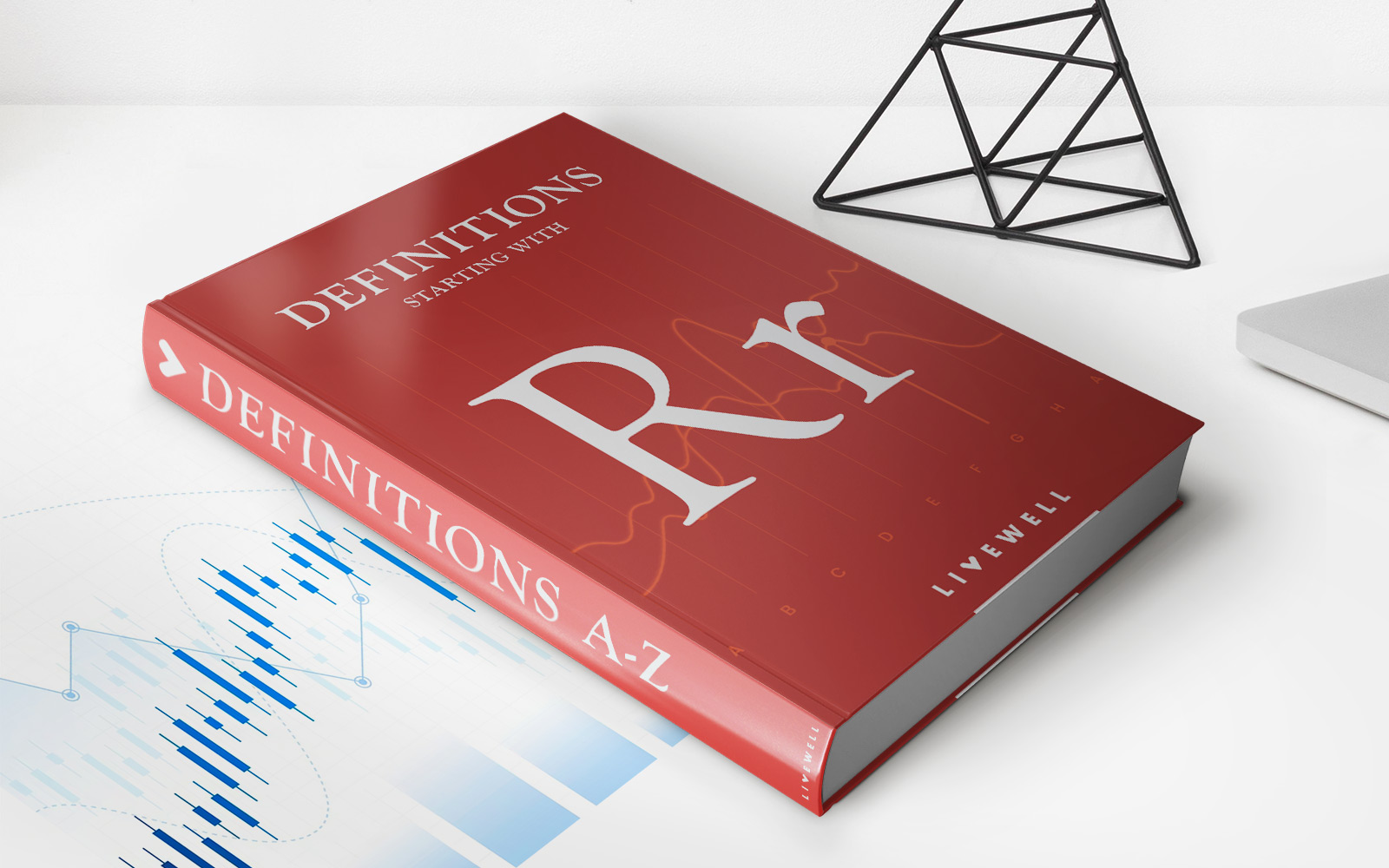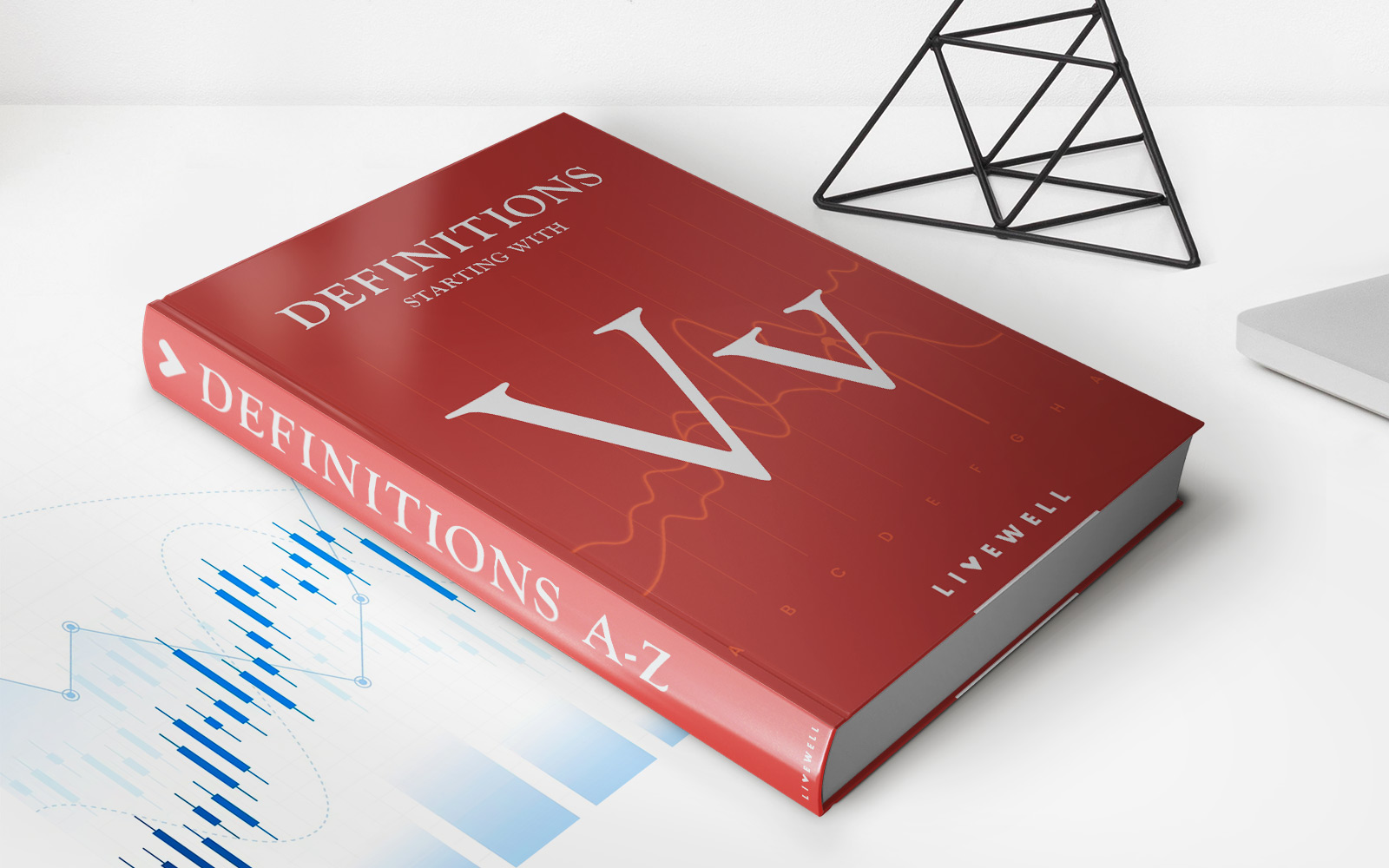

Finance
How To Pay Off 20K In Credit Card Debt
Modified: December 29, 2023
Learn effective strategies and tips to pay off 20K in credit card debt and regain control of your finances. Start your journey to financial freedom now with our expert advice.
(Many of the links in this article redirect to a specific reviewed product. Your purchase of these products through affiliate links helps to generate commission for LiveWell, at no extra cost. Learn more)
Table of Contents
Introduction
Dealing with credit card debt can often feel overwhelming, especially when facing a large sum of $20,000. The burden of high-interest rates and monthly payments can take a toll on your financial wellbeing and hinder your ability to achieve other financial goals. However, with the right strategies and dedication, it is possible to pay off this debt and regain control of your finances.
In this article, we will explore various approaches to pay off $20,000 in credit card debt effectively. Whether you’re struggling with multiple credit cards or a single high-balance card, these strategies can help you develop a solid plan to eliminate debt and move towards financial freedom.
Before diving into the specific strategies, it is important to assess your current financial situation. Take some time to gather all your credit card statements and determine the total amount owed, interest rates, and minimum monthly payments for each card. This information will serve as a baseline to evaluate your progress and make informed decisions.
Additionally, be aware that while these strategies can be effective for paying off credit card debt, they require discipline, commitment, and consistency. It’s crucial to stay motivated throughout the process, keeping your financial goals in mind and celebrating milestones along the way.
Now, let’s delve into the step-by-step strategies that can assist you in paying off your $20,000 credit card debt.
Assessing the Situation
Before embarking on your journey to pay off $20,000 in credit card debt, it’s essential to assess your financial situation thoroughly. This step will provide you with a clear understanding of your debt and help you develop a realistic plan to tackle it.
Begin by gathering all your credit card statements and organizing them in one place. Take note of the outstanding balance, interest rates, and minimum monthly payments for each card. This will give you a comprehensive overview of your debt load.
Next, analyze your monthly budget to determine how much income you have available to allocate towards debt repayment. Consider all sources of income, including your salary, freelance work, or side hustles, and subtract your regular expenses such as rent or mortgage payments, utilities, groceries, and transportation costs. By carefully examining your income and expenses, you can identify areas where you can potentially cut back and redirect funds towards debt repayment.
It’s also important to review your credit report to ensure accuracy and identify any additional debts or collection accounts that may not be reflected in your credit card statements. You are entitled to a free copy of your credit report from each of the major credit bureaus (Experian, TransUnion, and Equifax) once a year. Look for any discrepancies or errors that could negatively impact your credit score and address them promptly.
Now that you have a comprehensive understanding of your debt, income, and expenses, calculate how long it will take you to pay off $20,000 using your current budget. Consider whether this timeline is feasible or if adjustments need to be made. If your debt repayment timeline seems unreasonable, it may be necessary to explore additional strategies, such as increasing your income or decreasing expenses further.
Remember, the goal of assessing your situation is to gain clarity and develop a realistic plan. By understanding the full scope of your debt and evaluating your financial capabilities, you can proceed with confidence and create an actionable strategy to pay off your credit card debt efficiently.
Creating a Budget
Creating a budget is a crucial step in effectively managing your finances and paying off credit card debt. A carefully constructed budget allows you to allocate your income towards debt repayment while ensuring your essential expenses are covered.
To begin, track your expenses for a month to get a clear understanding of where your money is going. Use a budgeting app or a spreadsheet to categorize your expenses into different categories such as housing, transportation, groceries, entertainment, and debt payments.
Once you have a clear picture of your spending habits, assess which categories can be reduced or eliminated. Look for areas where you can make necessary cutbacks without compromising your basic needs. For example, you may find that you can save money by eating out less frequently or canceling unused subscriptions.
Next, prioritize your debt repayment by allocating a certain portion of your income towards paying off your credit card debt. It’s important to pay more than the minimum payment to make a significant impact on reducing your debt. Consider increasing your debt payment by cutting back on discretionary expenses, like eating out or entertainment.
Maintaining a budget requires discipline and consistency. Create a plan for each paycheck and allocate funds towards specific categories, including debt repayment. Automating payments towards your debt can also help you stay on track and avoid late fees or missed payments.
Regularly review and adjust your budget as your financial situation changes. Be flexible and willing to make modifications as needed. Keep in mind that the ultimate goal is to free yourself from credit card debt, and maintaining a budget is a vital tool in achieving that goal.
Remember, creating a budget is not about depriving yourself of enjoyment, but rather about prioritizing and making conscious choices. By establishing a budget that aligns with your financial goals, you will empower yourself to make meaningful progress towards paying off your credit card debt.
Decreasing Expenses
When aiming to pay off $20,000 in credit card debt, decreasing expenses is a key strategy to free up more money for debt repayment. By implementing cost-cutting measures and making conscious spending choices, you can accelerate your progress and reduce your reliance on credit cards.
Start by reviewing your monthly expenses and identifying areas where you can make significant cuts. Look for non-essential items or services that you can temporarily or permanently eliminate from your budget. This may include subscriptions, dining out, entertainment expenses, or luxury purchases.
Consider alternatives to expensive habits or activities. For example, instead of dining out, try cooking meals at home and packing your lunch for work. Explore affordable entertainment options such as free local events, movie nights at home, or outdoor activities like hiking or cycling.
Another way to decrease expenses is to negotiate bills and monthly payments. Contact your service providers, such as internet, cable, or insurance companies, and ask if they offer any discounts or promotions. Look for opportunities to bundle services to save money or consider switching to more affordable alternatives that still meet your needs.
Additionally, review your insurance policies, including auto and homeowners/renters insurance. Shop around for competitive rates and consider increasing deductibles to lower your premiums. By doing so, you can potentially save a significant amount of money over time.
Be mindful of your spending habits and avoid impulse purchases. Before making a purchase, ask yourself if it is truly necessary or if it can be delayed until you have paid off your credit card debt. Implement a 24-hour waiting period before making non-essential purchases to allow time to reconsider and prevent impulsive spending.
Lastly, explore opportunities to save on utilities and household expenses. Consider energy-efficient practices, such as adjusting thermostat settings, using energy-saving light bulbs, and reducing water consumption. Shop around for the best deals on groceries and household items, and consider buying in bulk or using coupons to save money in the long run.
Remember, the goal is to decrease expenses without compromising your basic needs. It may require making some temporary sacrifices, but staying committed to reducing expenses will accelerate your debt repayment and bring you closer to your goal of being debt-free.
Increasing Income
When faced with $20,000 in credit card debt, increasing your income can provide a significant boost in paying off the debt faster. By exploring additional sources of income or finding ways to maximize your current income, you can accelerate your debt repayment journey.
Start by assessing your skills and talents to identify potential opportunities for freelance work or side hustles. Consider your hobbies, interests, or areas of expertise that can be monetized. This may include freelance writing, graphic design, tutoring, or offering services such as pet sitting or house cleaning.
Explore online platforms that connect freelancers to clients or gig economy apps that offer flexible work opportunities. These platforms can help you find additional income streams that align with your skills and availability. It’s important to remember to allocate a portion of your earnings towards debt repayment.
If increasing your income through freelance work is not feasible, consider seeking a part-time job or taking on overtime hours in your current job. Talk to your employer about potential opportunities for extra hours or additional responsibilities that can lead to a higher salary.
Furthermore, consider selling unused or unwanted items to generate extra cash. Declutter your home and list items for sale through online marketplaces or organize a garage sale. This not only helps you earn money but also creates a simpler and more organized living space.
Investigate whether you qualify for any government assistance programs or grants that can provide temporary financial relief. These programs can help you cover essential expenses while you allocate more of your income towards debt repayment.
Lastly, explore opportunities for career growth or professional development that can lead to higher-paying job prospects in the future. Consider pursuing additional certifications, attending workshops or seminars, or networking within your industry. By enhancing your skills and knowledge, you may qualify for promotions or better-paying job opportunities.
Remember, increasing your income requires dedication and effort, but it can have a significant impact on your ability to pay off credit card debt. Explore various avenues, be open to new opportunities, and stay committed to directing the additional income towards your debt repayment.
Snowball Method
The Snowball Method is a debt repayment strategy that focuses on building momentum and motivation by tackling smaller debts first. This method can be particularly effective when you have multiple credit cards with varying balances.
To implement the Snowball Method, start by making a list of all your credit card debts, arranging them from the smallest balance to the largest. Make minimum payments on all your cards except the one with the smallest balance, which you will allocate extra funds towards.
Devote as much money as possible towards paying off the card with the smallest balance while making minimum payments on the other cards. Once the smallest balance is paid off, take the money originally allocated towards that debt and add it to the minimum payment of the next smallest debt. This “snowball” effect continues as you move on to the next card until all your debts are paid off.
By focusing on the smallest debt first, you experience the satisfaction of successfully eliminating a debt sooner. This progress boosts your motivation and provides a sense of accomplishment, spurring you to continue paying off larger debts.
In contrast to other debt repayment strategies that prioritize paying off high-interest debt first, the Snowball Method operates based on the psychological benefits of small wins. While you may pay slightly more in interest over time, the emotional momentum gained from paying off small debts can be a powerful motivator to stay on track.
Keep in mind that the Snowball Method requires discipline and consistency. It’s essential to stick to your budget and avoid accumulating further debt during the process. Celebrate each debt paid off and use that as fuel to keep moving forward.
While the Snowball Method may not be the most cost-effective strategy in terms of minimizing interest payments, its psychological impact can be invaluable for individuals who find motivation in quick wins. Assess your own financial situation and personal preferences to determine if the Snowball Method is the right approach for you to pay off your $20,000 credit card debt.
Debt Consolidation Options
If you have multiple credit cards with high-interest rates, consolidating your debt into a single loan or balance transfer credit card can be a strategic move to simplify your payments and potentially lower your overall interest rate.
Debt consolidation involves merging multiple debts into one, typically with a lower interest rate. This can make it easier to manage your payments and potentially save on interest charges. Here are a few debt consolidation options to consider:
- Debt Consolidation Loan: A debt consolidation loan allows you to borrow a lump sum to pay off all your credit card debt. This loan usually carries a lower interest rate than credit cards, resulting in potentially lower monthly payments and savings on interest over time. However, qualifying for a consolidation loan may require a good credit score and a stable income.
- Balance Transfer Credit Card: A balance transfer credit card allows you to move your existing credit card balances onto a single card with a low or 0% introductory interest rate for a specified period. This can provide temporary relief from interest charges and allow you to focus on paying down the debt faster. It’s important to pay off the balance before the promotional period ends and be mindful of balance transfer fees.
- Home Equity Loan or Line of Credit: If you own a home, you may be able to leverage your equity to secure a lower interest rate loan. A home equity loan or line of credit allows you to borrow against the value of your home and use the funds to pay off your credit card debt. However, be cautious as you are using your home as collateral, and failure to repay the loan could result in the loss of your home.
Before pursuing any debt consolidation option, carefully evaluate the terms and conditions, including interest rates, fees, and repayment terms. Consider the impact on your monthly budget and ensure that the consolidation method aligns with your financial goals.
While debt consolidation can be an effective tool to streamline payments and potentially save on interest, it’s important to address the underlying issues that led to credit card debt. Develop responsible spending habits and a solid financial plan to prevent falling into the cycle of debt in the future.
Negotiating with Creditors
If you’re struggling to make payments on your credit card debt, it’s worth exploring the option of negotiating with your creditors. By reaching out to your creditors directly, you may be able to secure more favorable terms that can make it easier for you to pay off your $20,000 debt.
When negotiating with creditors, consider the following strategies:
- Explain your situation: Contact your creditors and explain your financial hardship. Share the reasons for your current financial difficulties, such as job loss, medical expenses, or other unforeseen circumstances. Communicating your situation honestly may help your creditors understand your challenges and be more willing to work with you.
- Request a lower interest rate: High-interest rates can significantly increase the total amount you owe and make it harder to pay off your debt. Ask your creditors if they can reduce the interest rate on your credit cards. Mentioning that you are considering other debt consolidation options or balance transfers with lower rates might encourage them to offer a better deal.
- Seek a reduced settlement: In some cases, creditors may be open to accepting a reduced settlement amount to close the account and consider the debt fully paid. This option typically involves paying a lump sum payment that is less than the total amount owed. It’s important to get any settlement agreement in writing and ensure you understand the terms before making the payment.
- Request a payment plan: If you’re unable to make the minimum monthly payments, discuss the possibility of creating a more manageable payment plan with your creditors. This might involve extending the payment term or lowering the monthly payments to fit within your budget.
- Work with a credit counseling agency: If negotiating with creditors becomes challenging or overwhelming, consider seeking assistance from a reputable credit counseling agency. These agencies can provide guidance, negotiate with creditors on your behalf, and help you develop a structured debt repayment plan.
Remember, the key to successful negotiations with creditors is effective communication and a willingness to work together. Be proactive in reaching out to your creditors, and keep records of all conversations and agreements made. Stay committed to making the revised payment arrangements and use this opportunity to rebuild your financial health.
Seeking Professional Help
When dealing with $20,000 in credit card debt, it may be beneficial to seek professional help to navigate the complexities of debt repayment. There are various options available that can provide expert guidance and support to help you regain control of your financial situation.
Here are a few professional assistance options to consider:
- Credit Counseling: Credit counseling agencies can provide personalized guidance and financial education to help you understand your options and develop a plan to pay off your debt. They can assist with budgeting, negotiating with creditors, and setting up a debt management plan. Ensure you choose a reputable credit counseling agency that does not charge excessive fees.
- Debt Management Program: A debt management program (DMP) is a service offered by credit counseling agencies. It involves consolidating your eligible debts into a single monthly payment, which the agency distributes to your creditors on your behalf. This program can provide structure and potentially lower interest rates, making it easier for you to repay your debt.
- Debt Settlement: If negotiating with creditors on your own proves challenging, you may consider working with a debt settlement company. These companies negotiate with your creditors to settle your debts for less than what you owe. However, be cautious and research reputable companies as there are risks associated with debt settlement, including potential fees and potential negative impact on your credit score.
- Bankruptcy Attorneys: If you find yourself in extreme financial distress and unable to repay your debts, consulting with a bankruptcy attorney may be appropriate. They can help you navigate the complex legal procedures and guide you through the bankruptcy process if it is determined to be the best option for your situation.
When seeking professional help, ensure you do your due diligence and research the credentials and reputation of the individuals or organizations you consider working with. Look for reviews, testimonials, and certifications to ensure they have the necessary expertise and operate ethically.
It’s important to remember that seeking professional help is not a sign of failure but a wise decision to access the resources and support you need. These professionals can provide valuable insights, assist with negotiations, and help you develop a structured plan to pay off your credit card debt and improve your financial future.
Staying Motivated
When faced with a significant amount of credit card debt, staying motivated throughout the repayment process is crucial. It’s natural to experience moments of doubt or frustration, but with the right mindset and strategies, you can stay on track and achieve your goal of paying off $20,000 in credit card debt.
Here are some effective strategies to help you stay motivated:
- Set Clear Goals: Establish specific and realistic goals for paying down your debt. Break down your $20,000 debt into smaller milestones and celebrate each achievement along the way. For example, aim to pay off a particular amount by a certain date to keep your motivation high.
- Create a Visual Reminder: Visualize your progress by creating a visual representation of your debt journey. This could be a debt repayment chart or a savings jar where you can physically see the money accumulating as you make payments. Display it in a prominent place as a constant reminder of your progress.
- Track Your Progress: Regularly review your progress and update your financial tracking spreadsheet or budget. Seeing how far you’ve come and the reduction in your outstanding balance can provide a sense of accomplishment and motivate you to keep going.
- Find an Accountability Partner: Share your debt repayment goals with a trusted friend or family member who can serve as an accountability partner. They can provide encouragement, support, and hold you accountable for sticking to your budget and financial plan.
- Engage in Self-Care: Managing debt can be stressful, so it’s essential to take care of your physical and mental well-being. Incorporate self-care activities into your routine, such as exercise, meditation, or hobbies that bring you joy. A balanced and healthy mindset will help you stay focused and motivated.
- Reward Yourself: Celebrate your milestones by treating yourself to small rewards along the way. Set aside a portion of your budget for occasional indulgences or experiences that align with your financial goals. Recognize and appreciate your hard work as you make progress towards becoming debt-free.
Remember, paying off $20,000 in credit card debt is a significant achievement that requires time and dedication. Stay positive, persevere through challenges, and pat yourself on the back for every step you take towards financial freedom. With determination and the right mindset, you can successfully eliminate your credit card debt and build a strong foundation for your financial future.
Conclusion
Tackling $20,000 in credit card debt may feel overwhelming, but with the right strategies and mindset, it is possible to overcome this financial burden. By assessing your situation, creating a budget, decreasing expenses, increasing income, and utilizing debt repayment methods such as the Snowball Method or debt consolidation, you can make significant progress towards paying off your debt.
Remember to stay motivated throughout the process. Set clear goals, track your progress, and find ways to reward yourself along the way. Seek professional help if needed, and don’t hesitate to negotiate with your creditors to explore options that can make your repayment journey more manageable.
It’s important to develop responsible spending habits and avoid falling back into the cycle of debt. Take this opportunity to learn from your financial challenges and make lasting changes to your lifestyle and money management skills.
Paying off $20,000 in credit card debt requires commitment, discipline, and perseverance. Stay focused on your goal and keep the bigger picture in mind – financial freedom and peace of mind. As you make progress, remember to celebrate your achievements and acknowledge the effort you’re putting in to improve your financial health.
By implementing these strategies and staying dedicated to your debt repayment plan, you will steadily make progress towards paying off your credit card debt. The road may have its ups and downs, but with determination and the right strategies in place, you will ultimately regain control of your finances and build a solid foundation for a brighter financial future.



